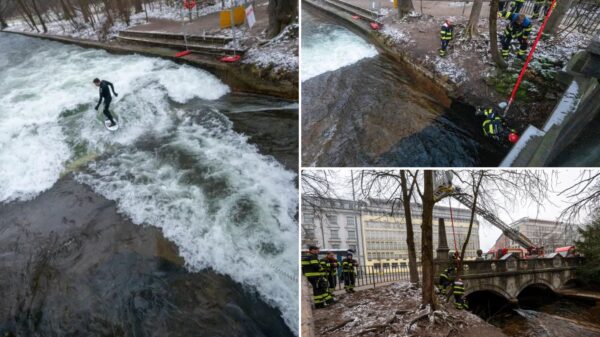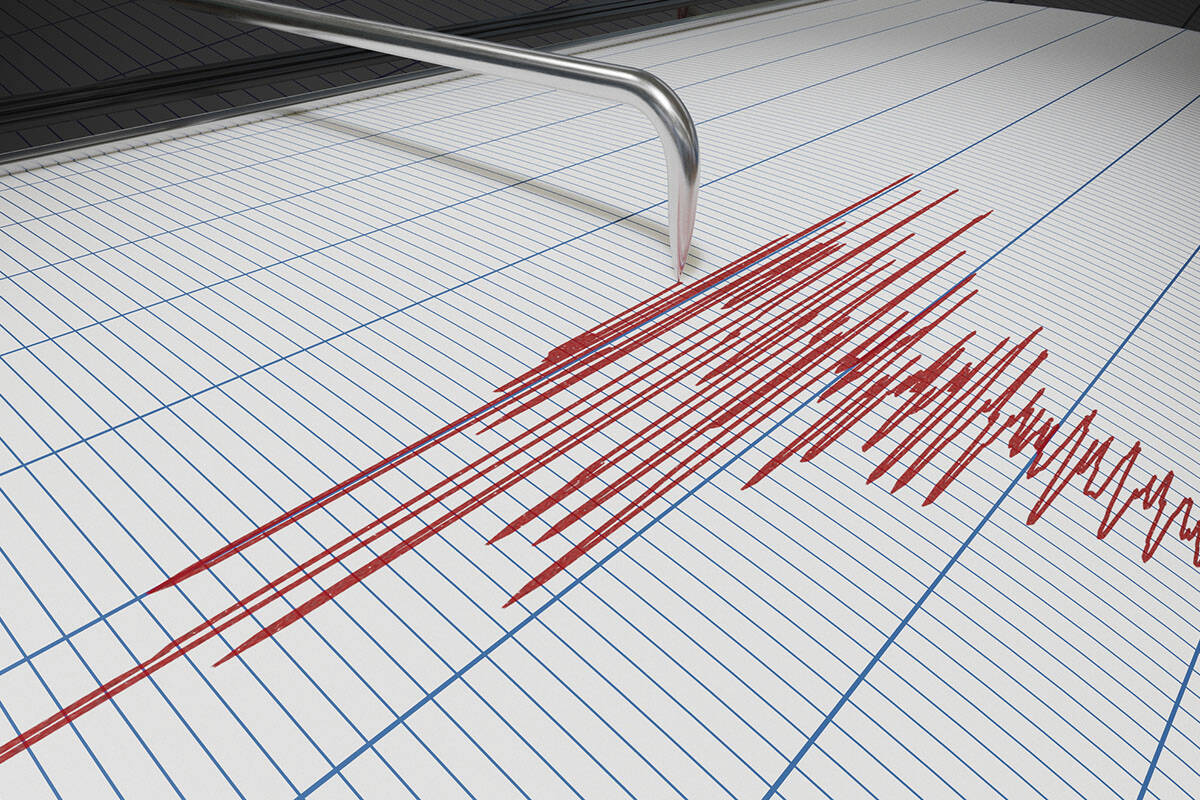A series of over 130 earthquakes has recently rattled Northern California, particularly affecting the Geysers geothermal steam field located in Sonoma and Lake counties. Since Thursday, at least 131 quakes have been recorded, with magnitudes ranging from as small as 0.2 to as large as 4.0. The most significant tremor occurred at 5:48 a.m. Pacific time on Thursday, with its epicenter approximately 10 miles east of Cloverdale, 20 miles northwest of Calistoga, and 26 miles north of Santa Rosa.
Understanding the Seismic Activity
The Geysers geothermal steam field is noted for its frequent minor seismic events. This area is recognized as one of California’s eight volcanic regions, housing one of the world’s most productive geothermal power facilities, according to the U.S. Geological Survey (USGS). The facility generates electricity from the steam produced by the geothermal activity, which has been harnessed since 1960. Interestingly, despite its name, there are no actual geysers in the Geysers-Clear Lake area, as clarified by the USGS.
The earthquakes in this region are primarily attributed to activities related to the extraction of steam for electricity generation. The USGS explains that withdrawing steam and heat from the geothermal field can lead to the contraction of surrounding rock. This contraction creates stresses that can induce small earthquakes. Additionally, the process involves pumping reclaimed cold water from areas like Santa Rosa and Lake County back to the Geysers, contributing significantly to the seismic activity.
Seismic Context and Safety
Northern California is home to several fault lines, with the most notable being the San Andreas and Healdsburg-Rodgers Creek faults, which lie some distance from the Geysers steam field. As stated by the USGS, these faults are considered to pose a greater seismic hazard compared to the minor quakes occurring within the geothermal area.
Historically, the most powerful earthquake recorded in the Geysers region reached a magnitude of approximately 4.5. The USGS continues to monitor the situation closely, advising that while small earthquakes are a common occurrence in geothermal fields, the infrastructure in place is designed to withstand such minor tremors.
The ongoing seismic activity underscores the dynamic nature of the Geysers geothermal steam field and its role in energy production for surrounding counties, including Sonoma, Mendocino, Lake, Marin, and Napa. As experts continue to study the relationship between geothermal energy extraction and seismic activity, the region remains a focal point for understanding the complexities of geothermal power generation and its environmental impacts.








































































